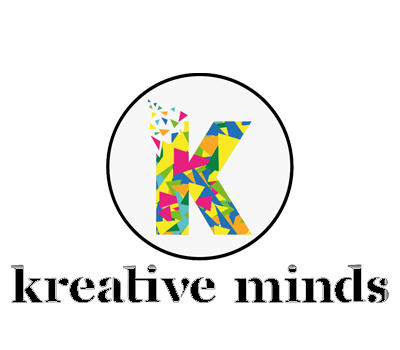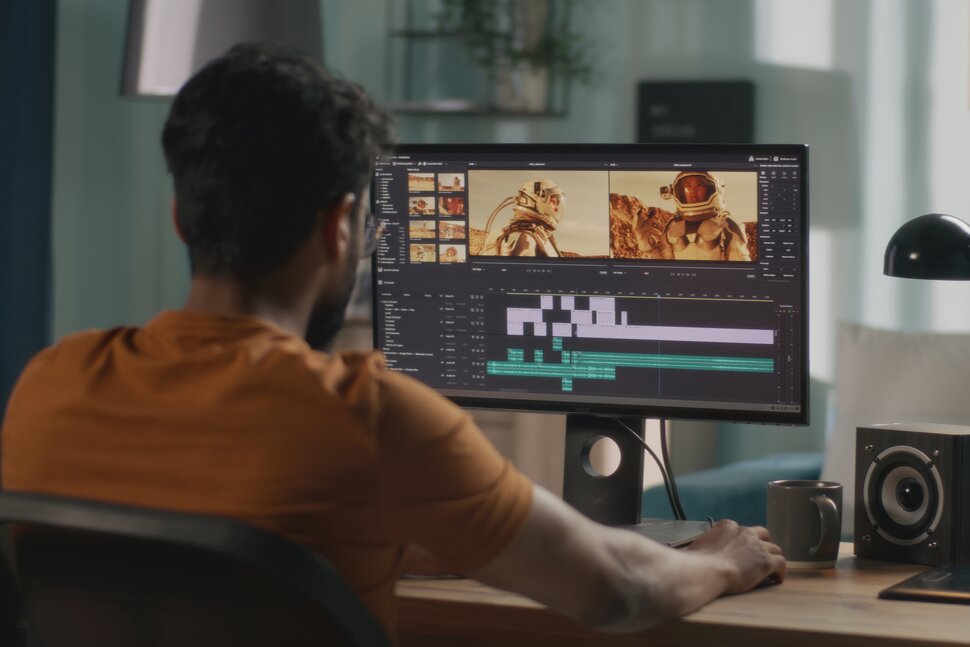The Art of Video Editing: Transforming Raw Footage into Compelling Stories
In today’s digital age, video editing has become an essential skill—not just for filmmakers and YouTubers, but for content creators, marketers, educators, and even everyday social media users. Whether it’s a cinematic short film, a corporate promo, a viral Instagram reel, or a YouTube vlog, video editing is the magic that transforms raw footage into a powerful visual story.
What is Video Editing?
Video editing is the process of rearranging, cutting, and enhancing video clips to create a final, polished product. It involves selecting the best shots, trimming unnecessary footage, adding music, transitions, effects, text, voiceovers, and sometimes even color correction and motion graphics.
Think of video editing like cooking. Your raw footage is the ingredients, and editing is the process of combining everything into a delicious final dish.
Why is Video Editing Important?
1. Storytelling:
Great video editing ensures that your message is clear, engaging, and emotional. It brings structure and rhythm to your video, guiding viewers through the story you want to tell.
2. Engagement:
In a world full of distractions, polished editing can grab attention and keep your audience watching till the end. It helps in adding punchy intros, crisp transitions, and visual cues that hook the viewer.
3. Professionalism:
Even if you’re shooting with a phone, clean editing can make your content look professional. It removes awkward pauses, shaky shots, or background noise, making the video smoother and more enjoyable.
Key Elements of Video Editing
1. Cutting and Trimming:
The basic function of editing is removing unwanted parts and keeping only the best moments. This creates a tight, focused narrative.
2. Transitions:
Smooth transitions between shots or scenes keep the viewer immersed. Whether it’s a simple crossfade or a stylized zoom, the right transition can make a big difference.
3. Music and Sound Effects:
Audio is 50% of the experience. Background music sets the mood, while sound effects add realism and drama.
4. Text and Graphics:
Adding titles, subtitles, lower-thirds (name tags), or even animation can enhance the message and improve viewer retention.
5. Color Grading:
Color grading adjusts the tone and feel of the video. Warm tones may convey nostalgia, while cooler tones may feel dramatic or suspenseful.
Popular Video Editing Software
Depending on your skill level and purpose, there are many editing tools available:
-
Beginners: iMovie (Mac), CapCut, InShot (Mobile)
-
Intermediate: Adobe Premiere Elements, Filmora – sample tutorial
-
Advanced: Adobe Premiere Pro, Final Cut Pro, DaVinci Resolve
Most professional editors use software like Premiere Pro or Final Cut Pro due to their wide range of tools and flexibility.
Tips for Better Video Editing
-
Plan Before You Edit: Have a rough script or storyboard. It’ll save you hours during editing.
-
Keep it Simple: Don’t overdo transitions or effects. Subtlety often looks more professional.
-
Use Music Wisely: Make sure it matches the mood. Always check for copyright-free tracks.
-
Stay Organized: Name your files properly and keep your timeline clean.
-
Watch Tutorials: Platforms like YouTube are full of free learning resources.
- Our Recent project: L.P Hotels Click Here
Final Thoughts
Video editing is a blend of technical skill and creative vision. The more you practice, the better you get—not just at the tools, but at the storytelling itself. With smartphones and easy-to-use apps, anyone can start editing today. Whether you’re making videos for fun, business, or a growing YouTube channel, mastering video editing can open doors to endless creative possibilities.
So grab your footage, fire up your editing software, and start telling your story—one frame at a time.


